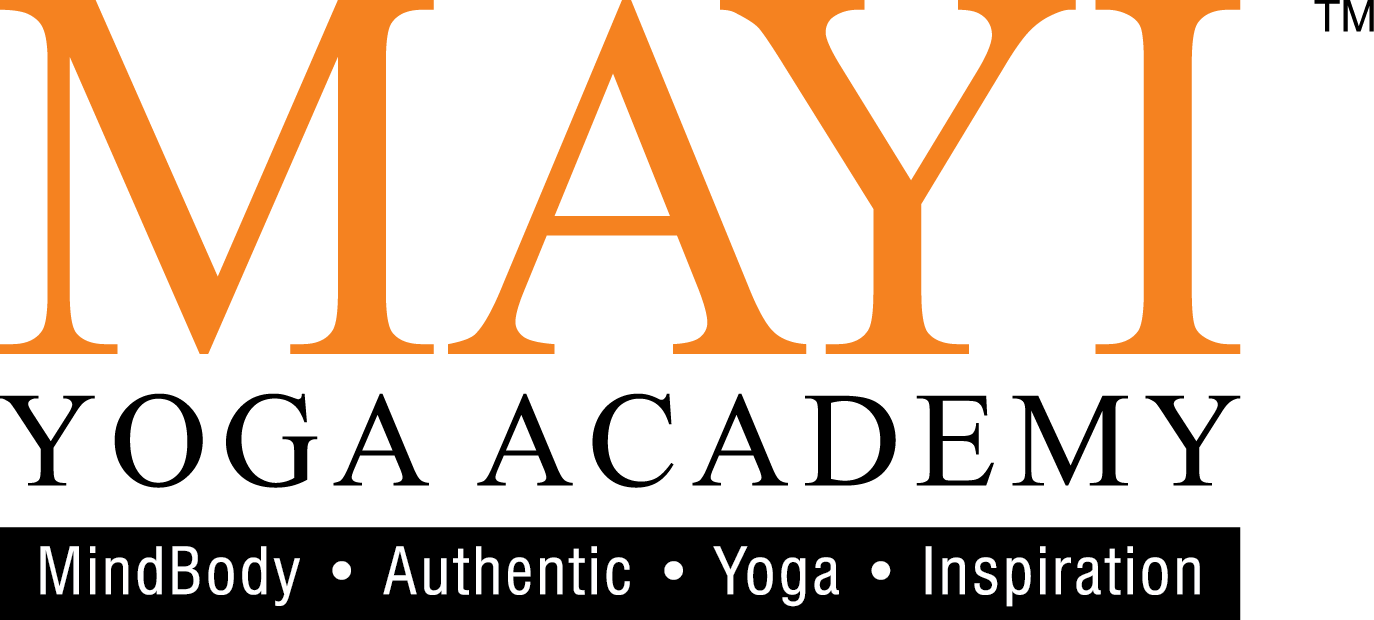The Journey to Being in the Present Moment
- July 23, 2025
- Posted by: admin
- Category: Featured Content,

By Dr Chandra Nanthakumar
As mental health trajectories have become an issue for concern in the society, spiritual teachers, counsellors, and health care workers are doing their level best to come up with tools, techniques or skills to help helpless victims combat this disorder. This is imperative as early detection followed by timely intervention can alter the trajectory of these health issues and produce more favorable outcomes.
One of the most critical skills much needed today, which has been articulated by many spiritual teachers, is the ability to be in the present. Despite the fact that an idle mind can be a useful arena for problem-solving or developing creativity; on the contrary, it can also become a ‘’devil’s workshop”. If the latter takes effect, the individual may begin to mull over the unpleasant past and/or worry incessantly about the future. Frequent episodes of these ruminations will render the mind cluttered bringing about negative consequences including impaired cognitive functions. Unhealthy habits will begin to take root, and eventually this leads to adverse health issues.
Hence, spiritual gurus like Robin Sharma (2018), Deepak Chopra (2006) and Eckhart Tolle (1999) have long propagated the idea of living in the present moment so as to enjoy not only a healthier, placid and happier life, but also to be more mindful. I believe the question that will arise now is – how does one actually live in the present moment. Are there formulas to apply or are there rules to follow? Is there a ritual or a schedule one can follow to achieve this notion of living in the present? According to Tolle (1999), there is no boundary defining past or future points. All there is, is merely the present; the past and future are simply maya (illusions) created by the mind. As rudimentary as it sounds, it definitely requires some amount of effort to discipline the mind. Many struggle with this concept of being in the present, or bringing about stillness in the mind and body, and eventually transcending the ego, a trait which is an obstacle to spiritual development.
Amongst all the techniques or tools that are available today, one priceless practice that can undeniably lead the seeker to being in the present is none other than yoga. This ancient science, which originated in India, combines elements such as pranayama (expansion of life force), asanas (physical postures), dharana (contemplation) and dhyana (meditation) to help merge the individual’s consciousness with the universal consciousness. The other elements like the yamas, niyamas and pratyahara are equally important, but they are usually entwined consciously or unconsciously in the practice. Contrary to popular belief, yoga is not about developing extreme flexibility or contorting the physical body into fancy shapes or positions, which may bring about more harm than good if done thoughtlessly.
In the practice of yoga, the Law of Least Effort, which states that the intelligence of Mother Nature operates with effortless ease, is of immeasurable value (Chopra & Simon, 2006). For instance, when an individual moves into an asana (a pose), instead of muscling aggressively into the target position, they should find the sweet spot or simply put, the point of resistance, by breathing consciously and surrendering into it. All this can only be achieved if the individual is focused in the present moment.

The beauty about being in the present moment is that the individual will then be able to extend their reach and gradually but naturally enhance their flexibility. Achieving the target position may not happen in one session, but that is not imperative. Being in the perfect pose without sthiram (stillness) and sukham (happiness) is not the ultimate aim of yoga. As asserted by Chopra and Simon (2006), asana, at an advanced level, merely connotes the full expression of the amalgamation between the body and mind through sthiram and sukham. It is at this heightened state that the individual or the practitioner becomes willfully aware of the prana (vital energy) flow in the body. Also, respecting the limits of the body is of utmost importance. Flexibility has to be cultivated progressively and not by force. The asanas, by itself, have lots to offer. If performed consciously and intently, they help increase endurance, flexibility and improve overall health physically, mentally and emotionally. Hence, if this practice is brought into one’s daily life, the practitioner will begin to experience an inconceivable transformation of their day-to-day actions. Such is the potential of this powerful science.
Having said that, not only patience, but also consistency, is key in the practice of yoga – the more frequent the individual embraces the practice, the lesser will be the limitations and vulnerabilities. This, in turn, brings more balance and energy into their lives.
Similarly, the practice of the other rungs in ashtanga yoga, that is, pranayama, dharana and dhyana have nothing less to offer as these components can bring about a metamorphosis in the practitioner too. Patanjali, the father of yoga, states that the prana can be invigorated through conscious breathing techniques (i.e. pranayama). As we are already aware the mind is intimately connected to the breath; hence, when breath is smooth and regulated, the mind becomes tranquil. In this way, the practice of pranayama can lull the practitioner from a confined mundane state into a state of greater awareness of being in the present. This practice is so powerful that it boosts the neuro-respiratory integration in a human being. Regular practitioners will be able to attest to this.
In the yogic literature, dharana and dhyana have been expressed in many ways – sometimes highly philosophical that it appears too challenging to fathom, at other times simplified for the ease of comprehension to the lay person. However, the underlying principle of both remains unchanged – dharana is the mastery of concentration (i.e. to bring attention unto something) and intention, while dhyana goes a step deeper from concentration to an uninterrupted flow of being in the present.
According to Chopra & Simon (2006), one must first learn to value their attention as a priceless commodity. Once something has been activated with the attention, the intentions will help with the manifestation. Based on yogic literature, intentions have infinite organising power. These intentions may be as simple as to radiate more love and happiness in one’s life, or to even heal an illness which is much needed today. Once the intentions are clearly defined, one may go into a state of dhyana. At this stage, one may simply observe the thoughts, feelings and sensations. There will come a time when one realizes there is no need to react to them. As the mind unwinds and quietens, the intentions are released to the Universe. The heightened awareness at this point allows one to appreciate being in the present moment and to also express gratitude.

It is evident that the practice of yoga, if done with love, joy, and consistency, endows the practitioner with copious benefits. By being more aware of the present moment and nurturing a healthy attitude of being non-critical towards thoughts or feelings that arise, dis – eases can be kept at bay. Besides, the practitioner will be relatively well-equipped to heal themselves judiciously and lead a healthier lifestyle. This ancient invaluable science has barely any requirements; only time has to be set aside for the practice in order to enjoy the rewards. Please get started if you have not done so.
References
- Chopra, D. & Simon, D. (2006). The Seven Spiritual Laws of Yoga. John Wiley & Sons, Inc.
- Sharma, R. (2018). The 5 am Club. Harper Collins Publishers.
- Tolle, E. (1999). The Power of Now: A Guide to Spiritual Enlightenment. Namaste Publishing.
